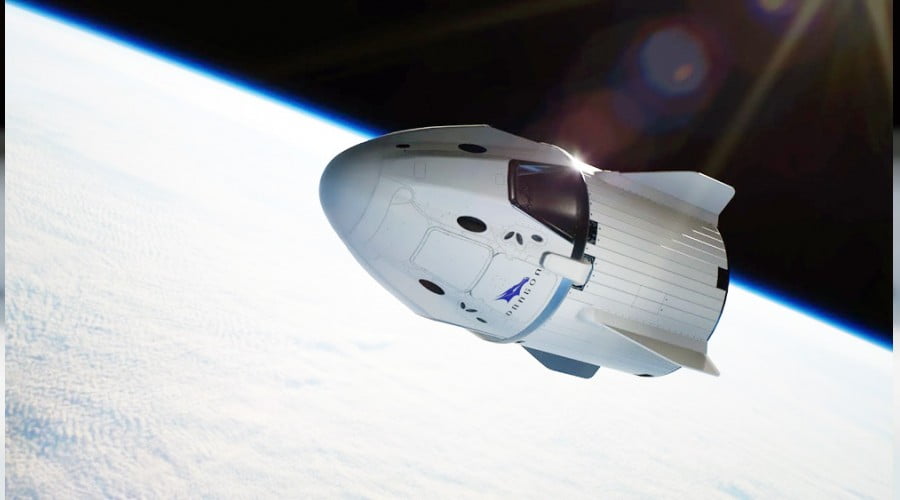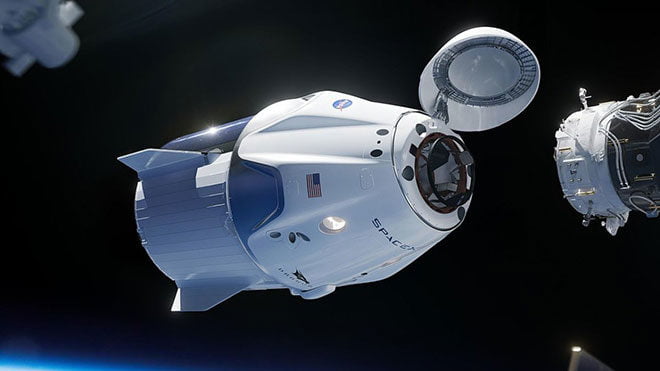SpaceX successfully launches the Crew Dragon on its first operational mission. After the last-minute delay due to unfavorable winds, SpaceX has finally managed to accomplish the first operational, regular and manned mission with the Crew Dragon.
It should also be noted that this is not the first mission of SpaceX’s Dragon Crew. Previously, in June, they transported astronauts to the International Space Station for the first time, becoming the first commercial company to receive space flight certification from NASA.
- Microsoft Azure connects directly to the SpaceX Starlink satellites
- NASA contacts Voyager 2 for the first time since March
- SpaceX crew returns to Earth after completing historic mission
SpaceX successfully launches the Crew Dragon
In fact, the Crew-1 is a collaborative mission with the U.S. space agency, which has taken advantage of the launch to add other “crew members” and materials on board to carry out different experiments in the weightless environment:
- Part of the equipment incorporated is focused on the new spacesuits for lunar missions, which unlike the current ones, have a new evaporation system for the control and reduction of heat inside.
- Although the experiments include BioAsteroid, aimed at finding and studying how some microbes interact with rocks to extract primordial elements; Food Physiology, a program that will examine how the astronauts’ immune system changes after a period of prolonged microgravity and dietary changes; and Cardinal Heart, an experiment that is creating artificial heart tissues mounted on tissue chips, aimed at studying the cardiovascular risk that astronauts can develop.
- Finally, accompanying the astronauts, some seeds and biological materials for the “little garden” that the astronauts are assembling on the International Space Station as part of the Plant Habitat-02 mission are being brought along, adding radish seeds to experiment with their growth.
Crew-1: a perfect mission
During the launch, Falcon 9 has apparently had no problems and has operated its first and second stages without difficulty, which have been recovered on Earth on a platform in the Atlantic Ocean. These operations are now practically a standard for SpaceX, which has been characterized precisely by the recovery and reuse of its engines and rockets.

With an operation summarized in five hours of broadcasting, Crew-1 was successfully launched from the Kennedy Space Center in Florida, and SpaceX reported that the Crew Dragon capsule carrying the astronauts successfully separated from the second stage of the Falcon 9 rocket. However, the spacecraft is expected to dock with the International Space Station on Monday, November 16.
The plan for these four astronauts is to stay a total of six months on the International Space Station before returning to Earth, again inside Crew Dragon.
SpaceX targets Mars
Bringing astronauts to the International Space Station is just a first step in SpaceX’s plans, as its big target is still Mars. Elon Musk not only wants to take some intrepid souls to the red planet, but he also wants to create a “nation” with one million humans there.
A task that, according to the executive’s accounts, they would have to build 100 spacecraft per year to send about 100,000 people from Earth to Mars every time the planets’ orbits align favorably.
SpaceX successfully launches the Crew Dragon. However, the advances in the field of the conquest and expansion of space continue to advance at a really encouraging rate, so despite their apparent remoteness, we cannot stop dreaming of the constitution of the first interplanetary colonies.





